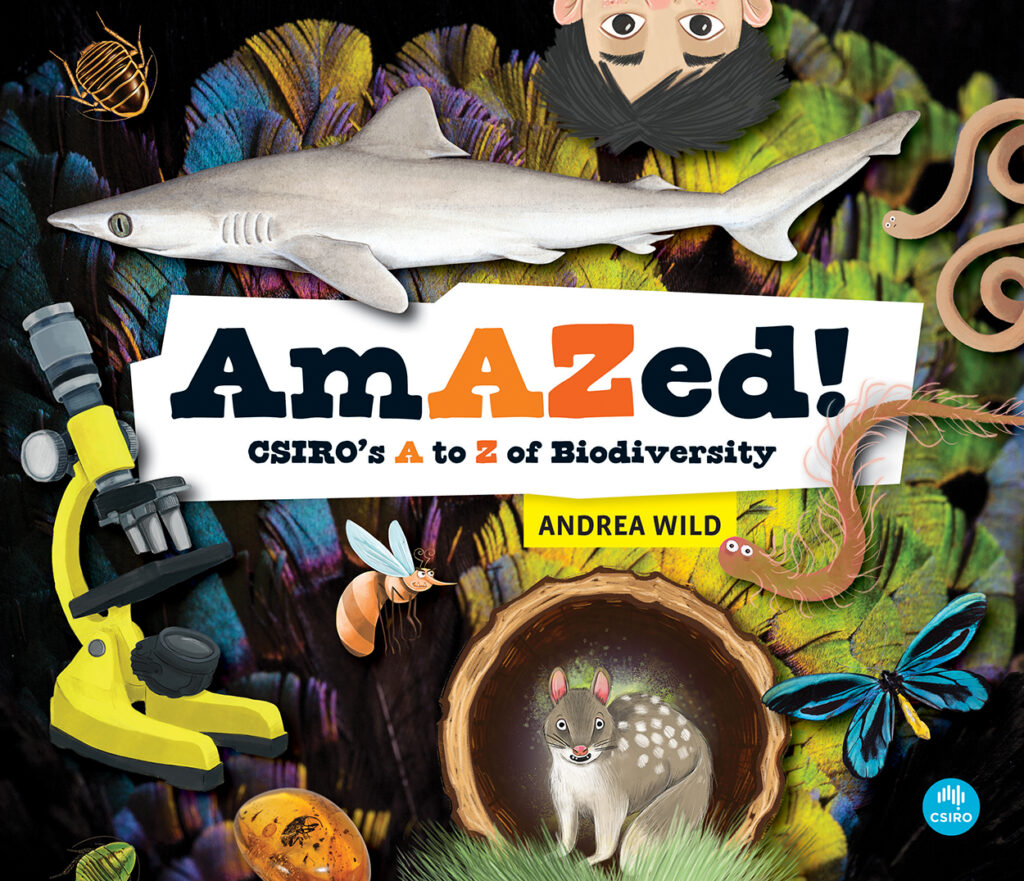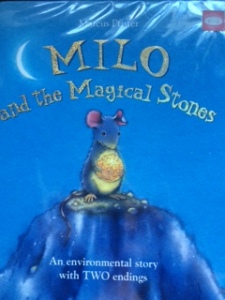Every day at work something amazes me. That’s why I wrote this book – so you can be amazed too!

Andrea Wild is a science writer at CSIRO who works with the National Research Collections, Australia which is home to over 15 million natural history specimens! She wrote this book for young readers so that they can also be amazed by what she sees every day – and she has done a great job at this!
Written from A-Z, each double page spread includes two animals that start with that letter. Phographsy from the collection or field are used for some of these animals but there are also some fun illustrations by Rachel Tribout that either show items that could not be photographed or possibly don’t exist – think Loch Ness Monster!
The reason I like this book is that children love anything A-Z – it gives them a bit of joy to go searching for letters in their name and seeing what matches up for them. It also gives them an accessible way to know more about different living things from a broad range of species rather than having to specifically go to a particular book on one area of living things.
With a focus not only on animals, children will learn also about how plants are important to our biodiversity along with insects and even stars.
The photographs not only give the reader a view of what the item really looks like, many also include the scientists who are researching every day to learn more about how these living things interact in their environment.
The more we know about the biodiversity of this planet the better we can educate others on how to care for it. The idea of A to Z shows just how important everything is and that even the most unassuming letters of X,Y and Z have the more intriguing creatures associated with tme!
This is an excellent book for older readers (10 and up) due to the language used in the text BUT the photographs and illustrations can help younger readers to engage too. A great book for the science classroom, the literacy block and lovers of nature.


